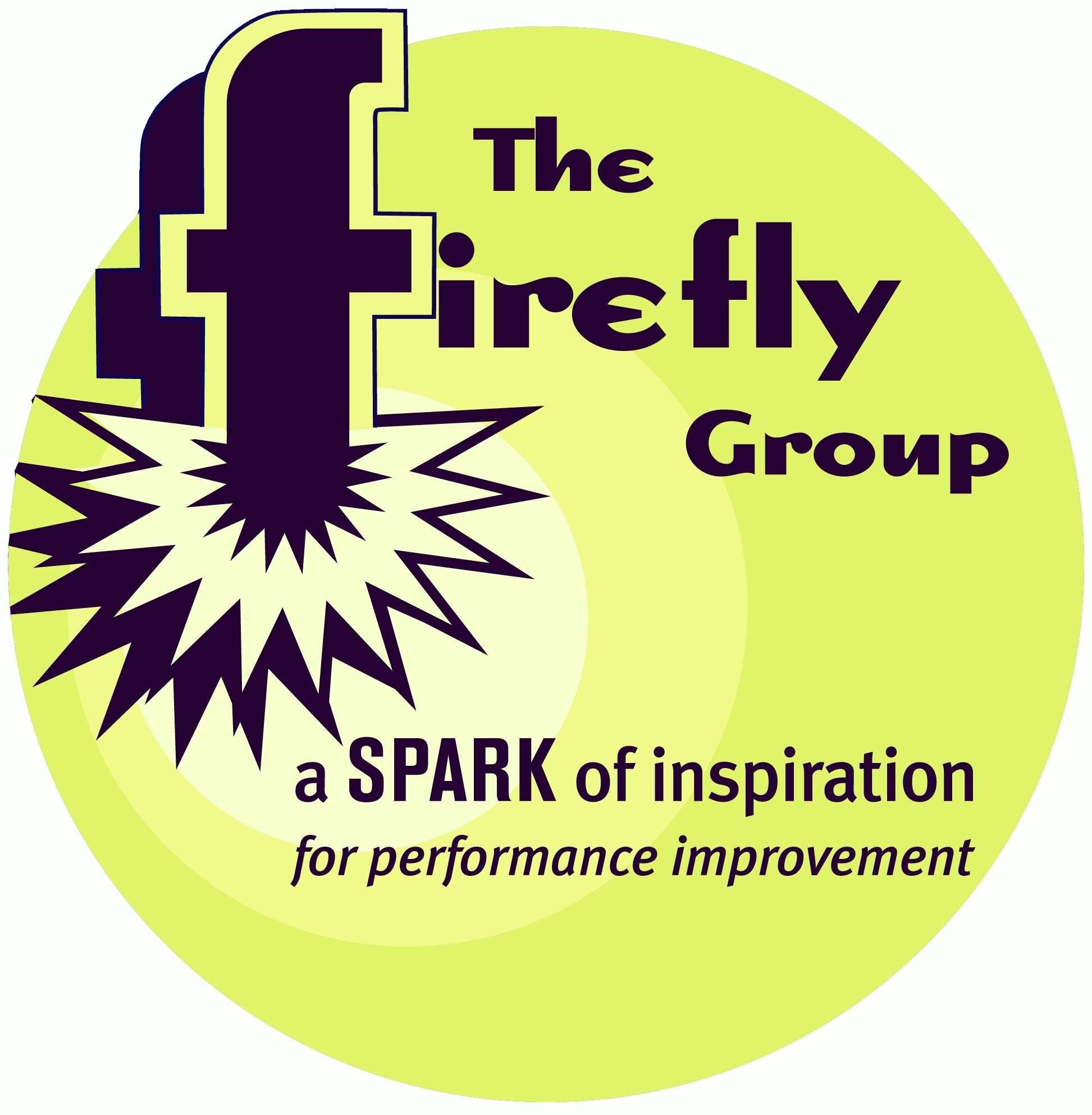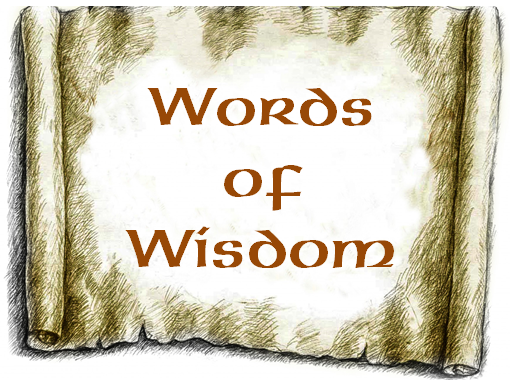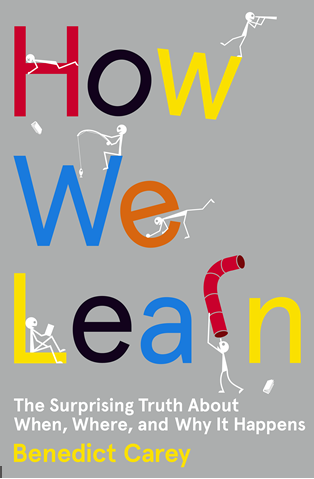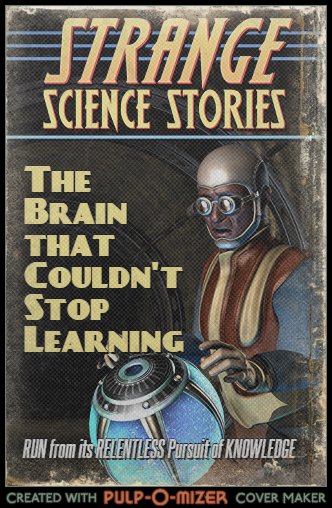

What's New

Words of Wisdom
52
cards and 15 activities to spark conversations and make sense of learning.
Learn more HERE.
What We Do
The Firefly Group helps people make sense of what they learn and experience.
Whether facilitating a group for better decision-making, keynoting a conference, leading a training, or writing an instructional design, we use novel methods that engage, spark creativity, and produce memorable results.
 If
this sounds like a good direction for your organization, let's talk about
how we might collaborate! Please give me a call (802.257.7247) or send an
. - Brian
If
this sounds like a good direction for your organization, let's talk about
how we might collaborate! Please give me a call (802.257.7247) or send an
. - Brian
 Your ETR (Estimated Time to Read): 10 minutes Your ETII (Estimated Time to Implement Ideas): 5 weeks |
March 2015
|
Say
It Quick |
Discoveries bits of serendipity to inspire and motivate |
Ideas fuel for your own continuous learning |
Activities tips and tricks you can try today |
| The Wrong Notes | How We Learn | The Master of Mistakes |
What's the truth about how, when, and why we learn? Discover new surprises about learning beginning with this 99-Word Story.
The Wrong Notes
When Travis, the only saxophone player in the Guilford School fifth grade band, began his concert solo by playing "Hot Cross Buns" instead of "Merrily We Roll Along," he stopped, waved his arm, and said, "No, wait! That's not it. Wrong one. This is it." To everyone's relief, he then led the band in a spirited rendition of the correct number.Our pursuit of excellence, our preoccupation with perfection, doesn't leave much room for mistakes - even when someone is learning a complicated task.
Bravo to the "performer" who can make a mistake and confidently move on.
 How
We Learn
How
We Learn
By Benedict Carey
"Find a quiet
place to study."
"Choose
a regular time."
"Minimize distractions."
"Practice, practice, practice."
If you have never doled out these suggestions for successful learning, you've probably heard at least one of them from a teacher, parent, or well-meaning authority figure. But after reading Benedict Carey's book How We Learn, you'll begin to understand the drawbacks of this type of advice.
How We Learn is an examination of the current science of learning. Whether you are care about technical data, broad concepts, or physical dexterity, Carey shares the research that reveals better ways to make that learning stick. And the book explodes many common perceptions about learning.
For example:
Testing is another area of learning that Carey discusses. Usually, tests are a measure of learning - or teacher performance. But as a teaching tool, tests provide another opportunity for practice. They highlight what students still need to learn and challenge them to encode their memories more effectively. In fact, a pretest on material students know nothing about, where they are forced to guess, can spark curiosity and make learning more efficient.
Carey offers insights and techniques for making learning more effective and he invites us to apply these new strategies outside the classroom in the world of work and daily living.
How We Learn by Benedict Carey, Random House, New York, ©2014, ISBN 978-0-8129-9388-2
 Interleaving
Interleaving
I used to study Spanish vocabulary by reviewing a dozen or more decks of flashcards
that I made for myself. All the nouns for objects found in a kitchen were
in one deck; work-related items in another. I had different stacks for adjectives,
pronouns, and irregular verbs that were hard to conjugate. Every spare moment
I would review a set of flashcards trying to pace through them perfectly.
If I had known about interleaving, I would have studied very differently.
As Benedict Carey explains in his book, How We Learn, interleaving is a much more effective way of practicing and memorizing. Instead of repeating the same sequence of steps or items in a list, we can get more benefit by studying a mix of related but different items. If I had shuffled my flashcards into a deck of mixed nouns, irregular verbs, and adjectives, I would have learned them all faster.
This is also true for physical skills. Tennis players who practiced only hitting a serve to deep court became proficient at that type of serve. But they were less adept at other types of serves. And they were no match for players who had practiced many different types of serves during one practice.
Why mixed practice, or interleaving, makes learning efficient is not exactly clear but as Carey notes, "The mixing of items, skills, or concepts during practice, over the longer term, seems to help us not only see the distinctions between them but also to achieve a clearer grasp of each one individually." (page. 164)
In other words, with interleaving, learners not only master a skill, they also discover which skill set is optimal to use in a particular situation.
In my thinking, the value of interleaving is that it can lead to mastery. Typical learning focuses on information or knowledge acquisition, the What of learning. But knowing information doesn't guarantee it will be used. Learners need practice and skill development. They need to know How to use the information. Yet even having a grasp of What and How is not enough to insure that new learning will actually be used. After all, there are many ways to solve the same problem. Learners must be able to choose the correct strategy for a given situation, the Which of learning.
My equation for learning looks like this:
What + How + Which = Mastery
Mastery is the ability to use your knowledge and skill in response to situations you've never experienced before. It's the ability to transfer learning from one context and use it effectively in another. It's the key element that Travis was missing in our 99 Word Story: Knowing which tune to play and when.
Whether you are a teacher, trainer, manager, coach, team leader, or parent, look for ways to interleave the Which as you teach the What and How. Promote Mastery and develop brains that can't stop learning.
The Master
of Mistakes
Travis, our fifth grade saxophonist, was obviously not a master musician.
Look at the goof he made! But wait, being a master in your field doesn't mean
you don't make mistakes. Every sports competition is loaded with masters who
make blunders. Public figures flub up all the time.
The real question is not why a mistake was made but what happens after the mistake. That's the insight of Patricia Ryan Madson in her book Improv Wisdom. Madson explains that actors in improvisational theater - even though they are excellent at their craft - often make mistakes. But what keeps a show going is how they respond. The combination of What + How + Which is what makes a successful performance.
People who are masters in their field are comfortable making mistakes. Travis was comfortable too. From his opening note, he blew it. But then he moved on.
You can become comfortable making mistakes too. Try this activity paraphrased from Training to Imagine, Kat Koppett's book of theater techniques for learning and team building.
The Circus Bow
When circus clowns make a mistake they turn to the audience and make a triumphant bow with a loud, "Taa-Daa!" The goof is acknowledged, forgotten, and they move on. You can help people feel safer to make mistakes - and to learn from them too - with this activity.
- Have all the participants raise their hands above their heads, as a gymnast might after a routine.
- Ask them all to proclaim with pride, "I failed!" "I made a mistake!" or "I feel stupid!"
- Then have them turn to someone next to them, take the position, and state one of the phrases. Each person's partner cheers for them, and then reciprocates.
- Finally, have the participants walk around the room practicing the celebration of failure and applauding each other.
For effective facilitation:
- Explain that it is only by making friends with failure that we will be willing to risk enough to succeed.
- This activity is about acknowledging our discomfort and embracing it, rather than fleeing from it.
- Point out that the phrases are about what you did, not who you are: "I feel stupid!" not "I am stupid!"
Create an environment where people can feel safe as they become Masters of Mistakes then share your success by letting us know what happened.
Resources
Improv Wisdom by Patricia Ryan Madson, Bell Tower, New York, © 2005, ISBN 1-4000-8188-2
Training to Imagine by Kat Koppett, Stylus Publishing, Sterling, Virginia, © 2001, ISBN 1-57922-033-9
|
Whether you need a keynote speaker, or help with strategic planning, performance improvement, or training facilitators and trainers in your organization, I look forward to your call (802.257.7247) or . -- Brian |
Read previous
issues. Click Library!
To add or delete your name to our mailing list, email
with a short note in the subject line.
I want this newsletter to be practical, succinct, and thoughtful. If you have suggestions about how I can meet these criteria, please let me know! Send me an with your thoughts and ideas.
Home
| Services
| Products
| Mission
| Ideas |
The Group
| The Buzz
(c)
2015 The Firefly Group